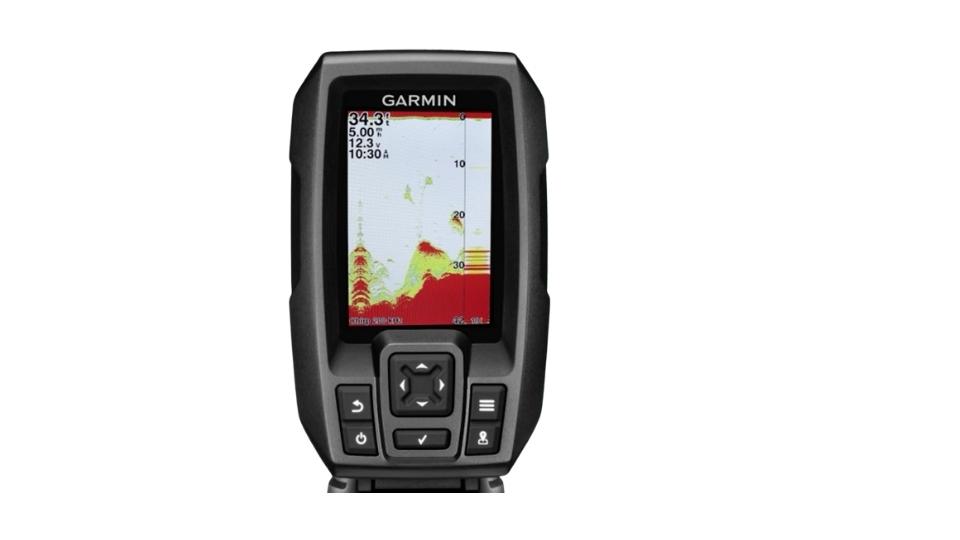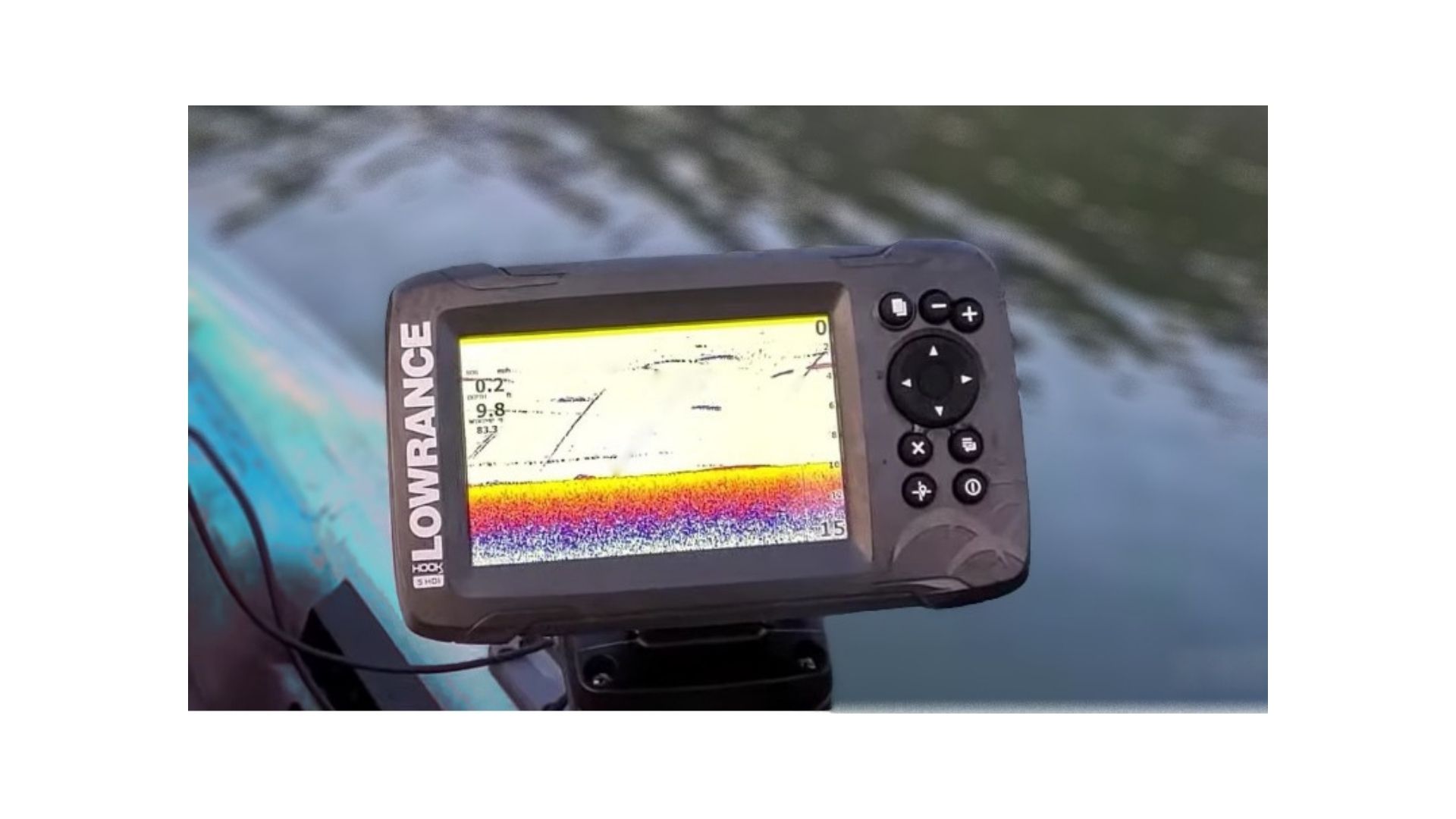Both the Garmin Striker 4 and the Lowrance 2 4x are capable fish finders. But I have to give a slight advantage to the Striker 4, especially when trying to detect fish holding close to the bottom. The Striker 4 was also slightly faster and snappier to operate.
I have a love, hate relationship with fish finders when kayak fishing. I love how they let me see the bottom, identify structures and find fish. I hate having to replace them every few years, no matter how well I try to care for them, something always seems to brick them.
For this reason, when fishing my local waters, I do not normally bother with a fish finder. I have memorized where the structure is, and have a fairly good understanding where the fish are likely to be holding at different times of the year.
With that said, when fishing new water. Especially far from shore, fish finders do come in extremely handy, and because they only seem to last a couple of seasons, I nearly always buy cheaper models from reputable brands.
My personal favorite brand is Lowrance, but I have also tried Hummingbird, Eagle, and Garmin fish finders over the years.
In a small wet kayak, I feel the combination of distance performance, and budget price make both the Lowrance hook 2 4x and the Garmin striker 4 are both great options. Keep reading to find out more.

Do they find fish?
Kinda, While both the Striker 4 and the hook 2 can find fish swimming in the water column, I find the Striker 4 does a better job at identifying fish hugging at the bottom. Both fish finders also provide enough details to detect small objects below the water surface, such as a lure sinking, or being retrieved back towards the surface.
While they can identify fish, it does not mean they will be easy to target, or will still be in the same location as detected on the scanner.
So, I can not directly say it is possible to find a fish and cast it directly to it to catch it.
I have also caught plenty of fish, despite minimal signs showing on my screen. Generally, speaking the larger the group of fish, the easier they will be to locate. A single trout or bass close to the bottom can often evade detection.
Lowrance hook 2 vs Garmin Striker 4: which is the most durable?
This is quite difficult to answer, in general, I consider the Striker 4 to be better made. Just seems more well-built, and I have certainly heard of less problems associated with them.
It must be remembered, that electronics and water are never a good combination, and while the designers try hard to produce sealed, highly water resistant units no electronics are truly impenetrable. Also if used, anywhere near the sea, the life expectancy of a fish finder is slashed even further.
When discussing fish finders, the two most failures occur when they are hit with high pressure water, maybe due to smashing into a wave or rolled around in the surf. When under pressure, water will find a way.
The second, most common cause of failure is related to thermal shock. This occurs when the fish finder is nice and warm on the deck, is suddenly exposed to icy cold water. The temperature difference tries to normalize ‘sucking’ the surrounding moisture laden air into the unit.
What can be done to protect a fish finder?
Well, after setting up your fish finder. Cover any hatch covers, and SD card slots with waterproof tape (although both units in this review do not have sd lots, this is just generic advice no matter the fish finder). Probably also does not hurt to tape the sides where the units are combined together. This provides another waterproof barrier and only costs a few cents. If doing surf launches, spend extra and put it inside a waterproof case.
How well do they perform?
Firstly, both fish finders can identify the bottom and structure just fine. It is possible to see the branches of submerged trees, or where the bottom changes from weeds to sand. So they do the basics well.
Striker 4
The Garmin striker 4 is more snappy, it scrolls faster and offers more tuning options such as con angle, gain, etc.
It also features more different modes such as Scope, which is a bit of a game changer. The scope mode, instantly highlights movement within the water column, making it much easier to track fish as they see towards a bait or lure.
Lowrance Hook 2
Comparatively, I find the Hook 2 4x can be a bit sluggish, the scroll speed is a bit slow and I could not find any way to speed it up in the settings. Even starting up takes a while. Mine took slightly over 21 seconds to start up, (although start does seem to vary quite a bit). This is probably not a big issue unless you are turning it on/off all day to save battery.
There also seems to be a bit of a delay when tracking objects such as a lure rising or falling through the water column, it is far from instantaneous.
My final gripe, regarding the Hook 2 is that it can be a bit hard to distinguish between the bottom and a low swimming fish, or even a lure.
Horizontal vs Vertical screen
One of the most obvious differences between the two units is their screen orientation. The main difference is that the vertical shows more detail within the water column, while the horizontal display shows more history.
Horizontal, also takes up more space, this can be a concern in a fishing kayak where deck space is already at a premium.
Value?
The basic version of the hook 2, without GPS can be gotten for a little over $100, this makes it one of the cheapest color fishfinders from a major manufacturer. It was not long ago, that much lower resolution black and white fish finders were selling for that. If you want gps, which I say is worth it. Then you have to pay another $30 or so putting it in the same price range as the Striker 4.
The Striker 4 is slightly more expensive and generally retails for around $140, although can often be found on special for less. All versions come with GPS.

